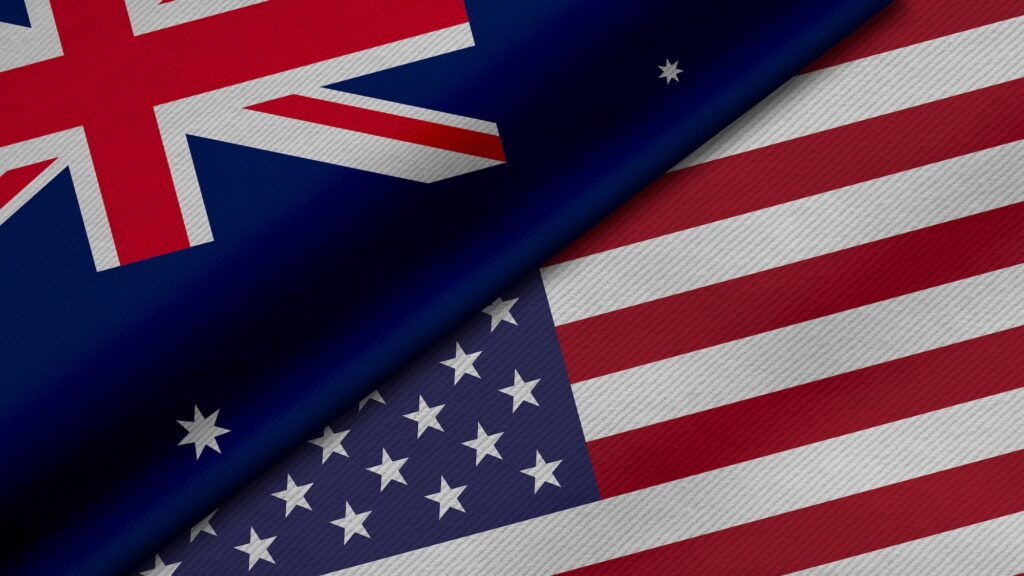Now Reading: Australia Pushes Back: How Canberra Responded to U.S. Tariffs
-
01
Australia Pushes Back: How Canberra Responded to U.S. Tariffs
Australia Pushes Back: How Canberra Responded to U.S. Tariffs

Canberra / Washington – 2025.
Trade tensions between the United States and Australia have entered a new phase after Washington imposed fresh tariffs on select Australian exports earlier this year. The move, justified by the Trump administration on the grounds of “protecting American workers,” has triggered a firm but measured response from Canberra, highlighting both the resilience and the fragility of the U.S.–Australia economic partnership.
Australia’s Countermeasures
In response to the tariffs targeting Australian metals and agricultural products, the government of Prime Minister Anthony Albanese announced a package of countermeasures aimed at defending domestic industries. Canberra introduced reciprocal tariffs on a set of U.S. goods, including processed foods, machinery, and selected manufactured items.
Albanese stated that Australia “will not stand idle in the face of unfair trade practices” and stressed that the countermeasures were designed to be proportional, temporary, and consistent with World Trade Organization (WTO) rules. The government also allocated additional funding to support industries most exposed to the U.S. market, such as beef and wine producers.
A Deep but Tested Partnership
The United States is Australia’s second-largest two-way trading partner, with goods and services trade worth over AUD 100 billion annually. Both countries are also close defense allies under the ANZUS Treaty. However, the introduction of tariffs has raised questions among Australian businesses about the reliability of the U.S. as an economic partner.
This dispute echoes earlier frictions during the 2018–2019 global tariff battles, when Australia initially avoided direct steel and aluminum tariffs but was indirectly affected through global supply chain disruptions. The reemergence of trade barriers in 2025 is seen in Canberra as a challenge to the principles of open and fair trade.
Diplomatic Channels Remain Open
Despite the retaliatory tariffs, both governments have emphasized their commitment to dialogue. Australian Trade Minister Don Farrell confirmed ongoing discussions with U.S. officials aimed at de-escalating tensions. Analysts suggest that the broader U.S.–Australia alliance — which includes security cooperation through AUKUS and shared positions on Indo-Pacific stability — provides a strong incentive for both sides to find a resolution.
Outlook
While Canberra’s countermeasures underline its determination to defend national interests, businesses on both sides of the Pacific are pressing for a swift settlement. The outcome of these negotiations will determine whether the current trade spat becomes a short-term rift or a longer-term obstacle in one of the world’s closest bilateral alliances.





















